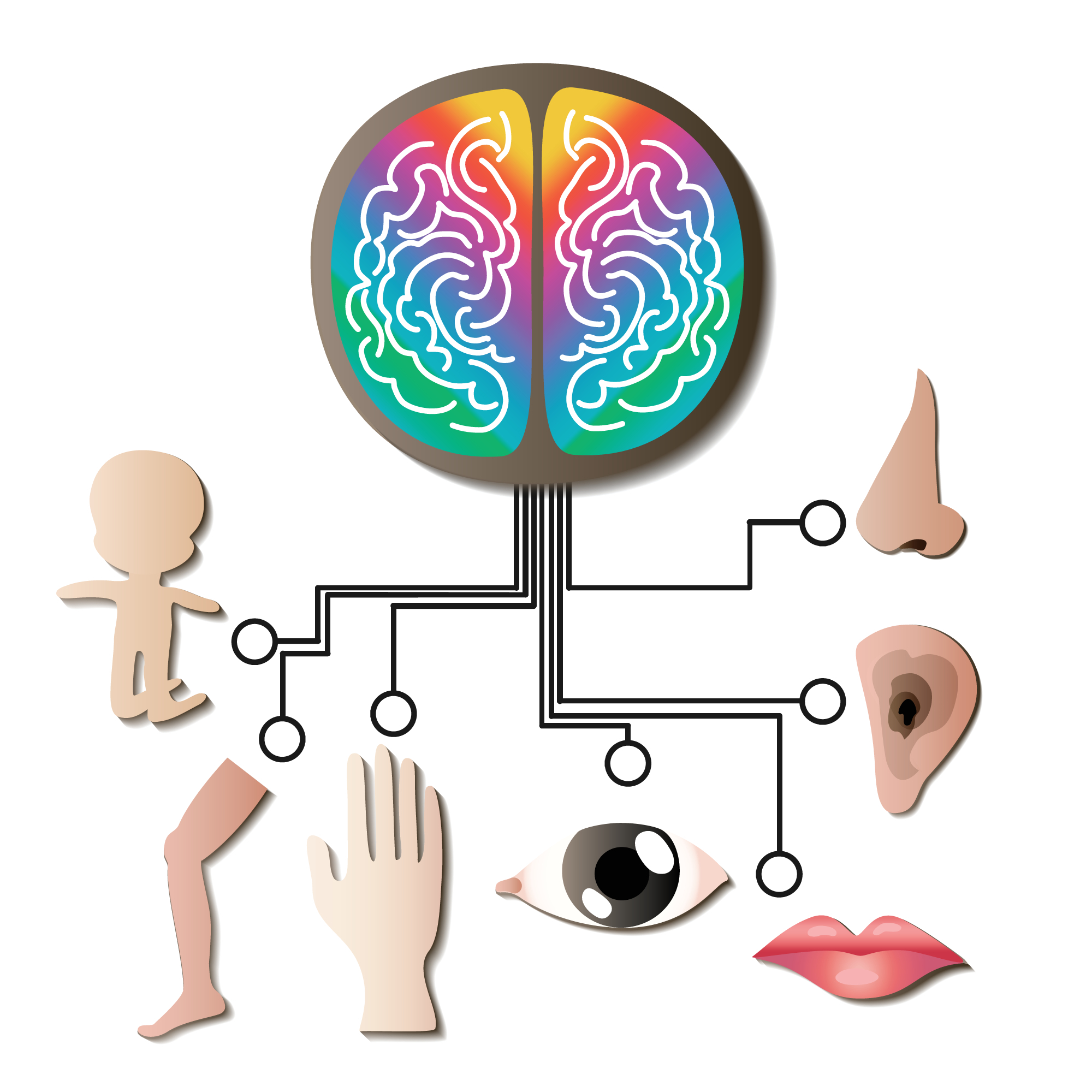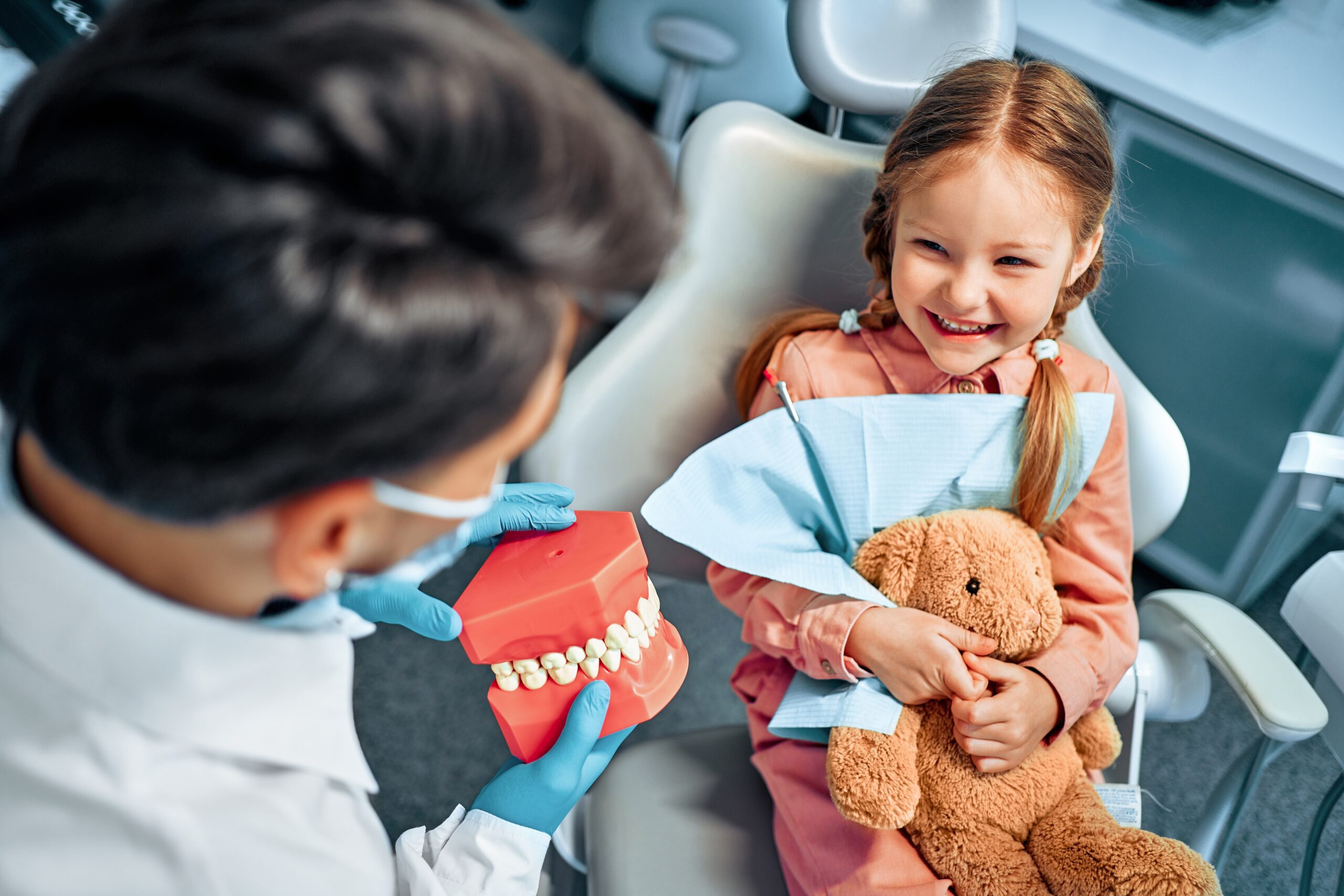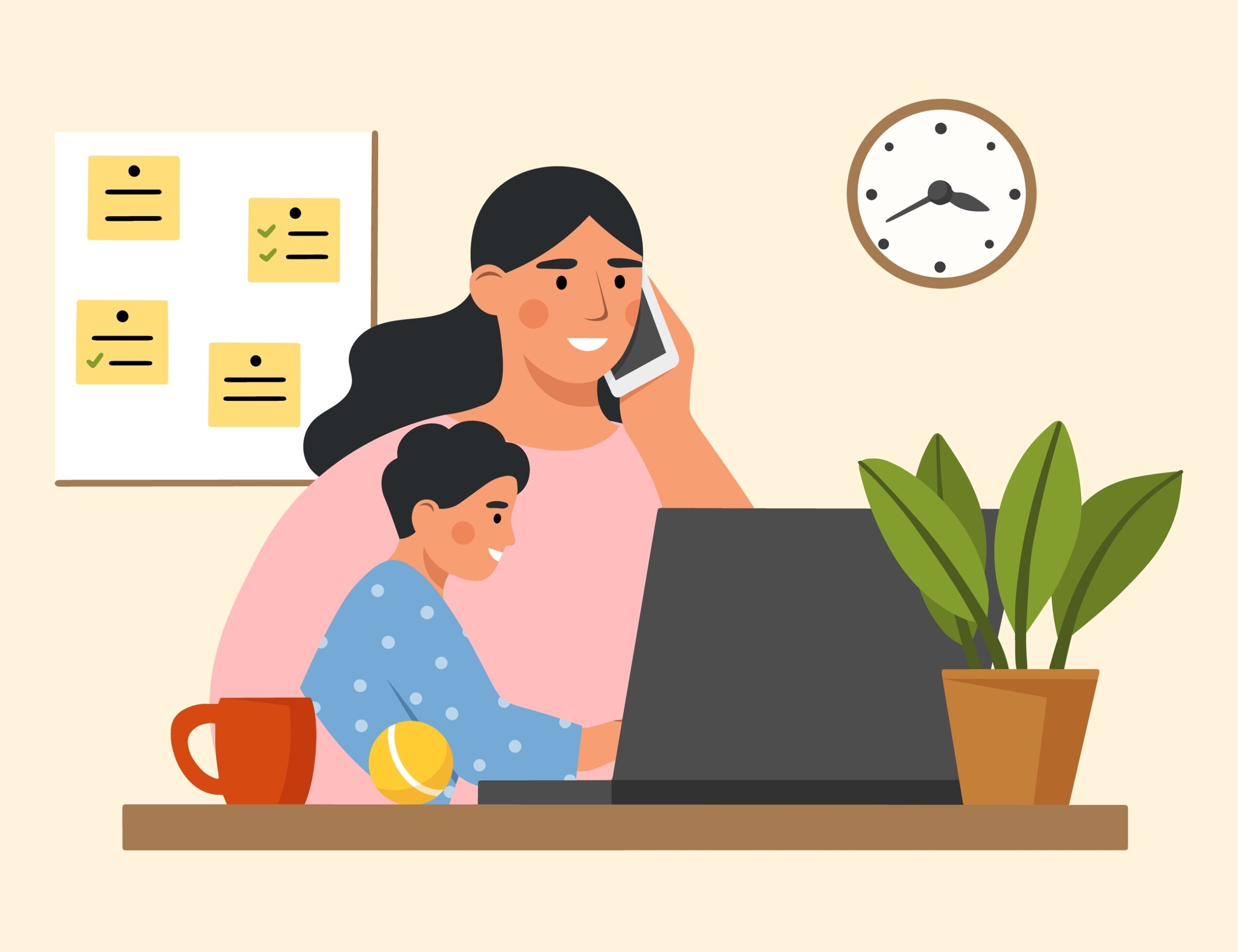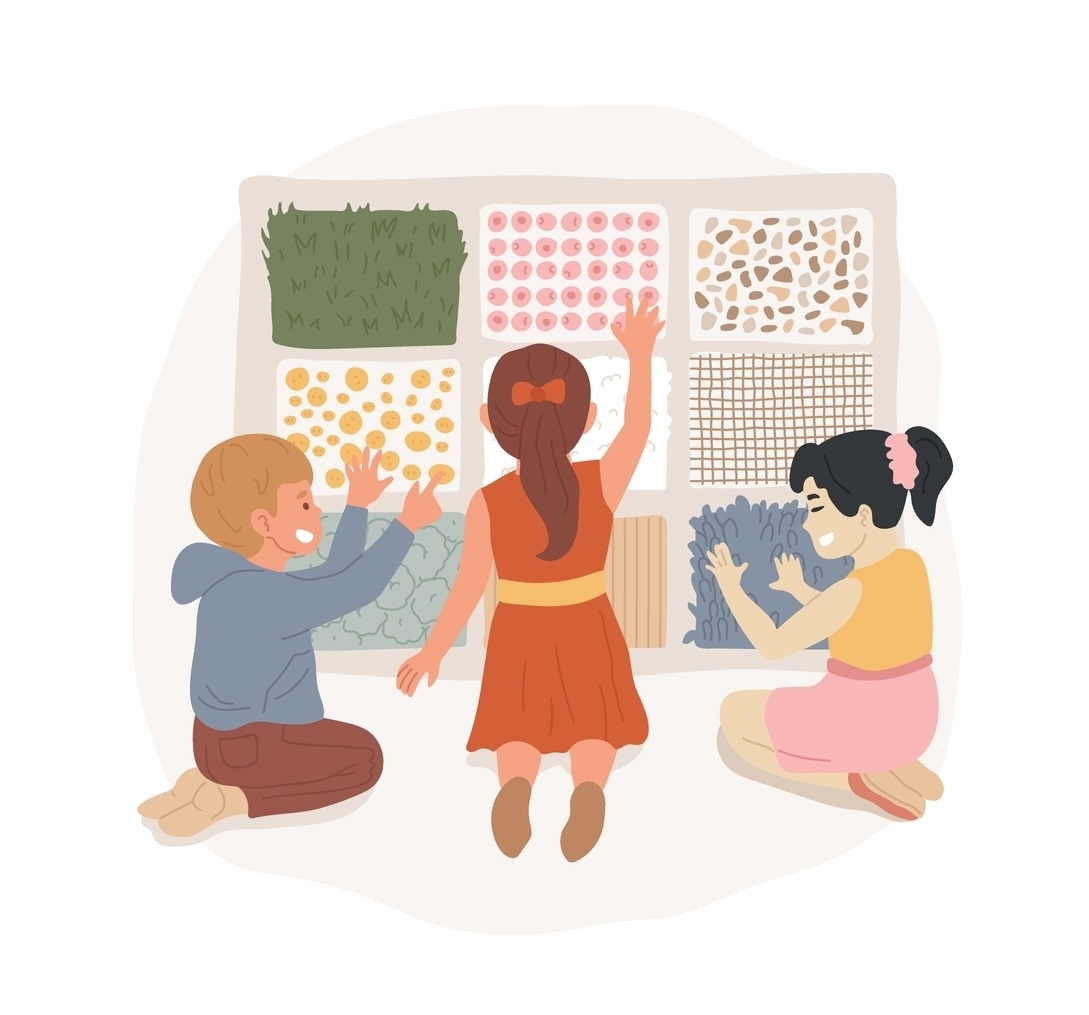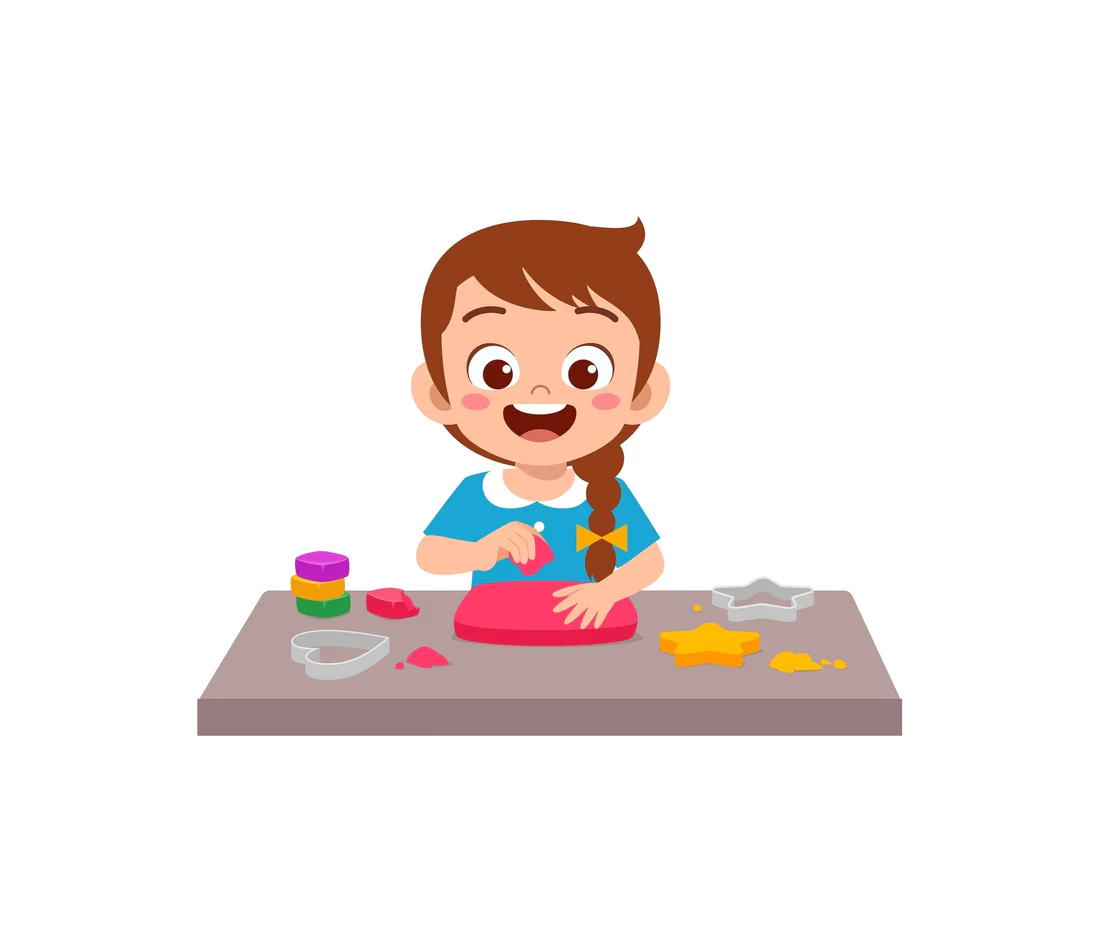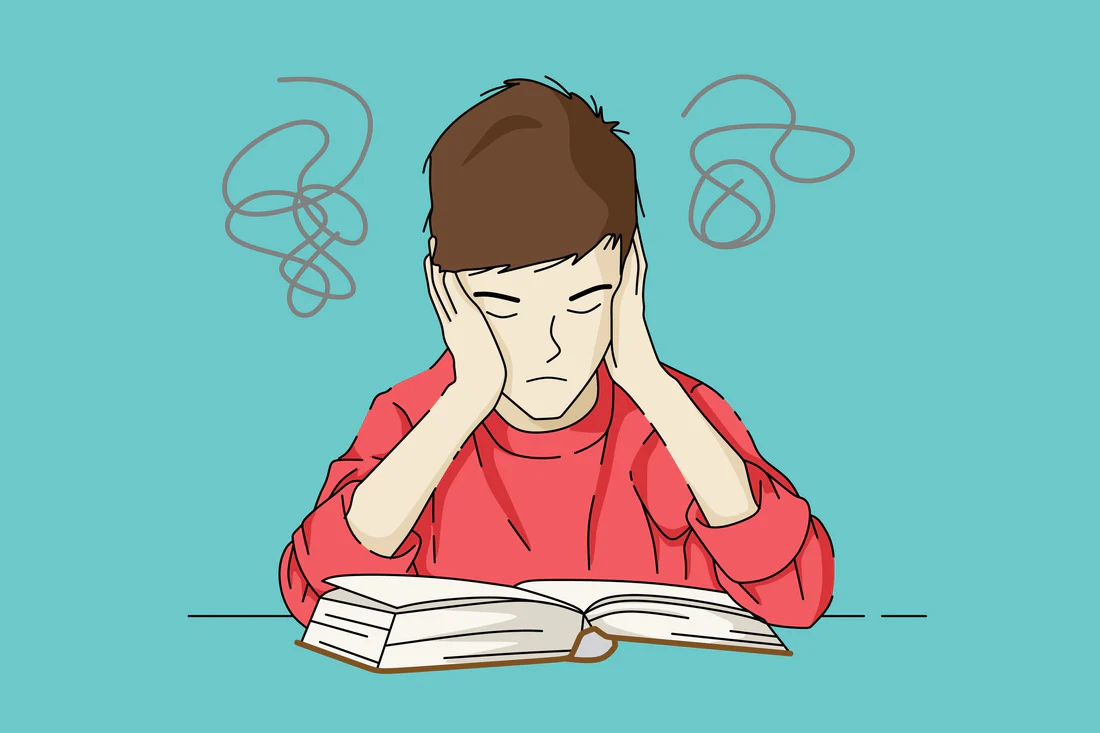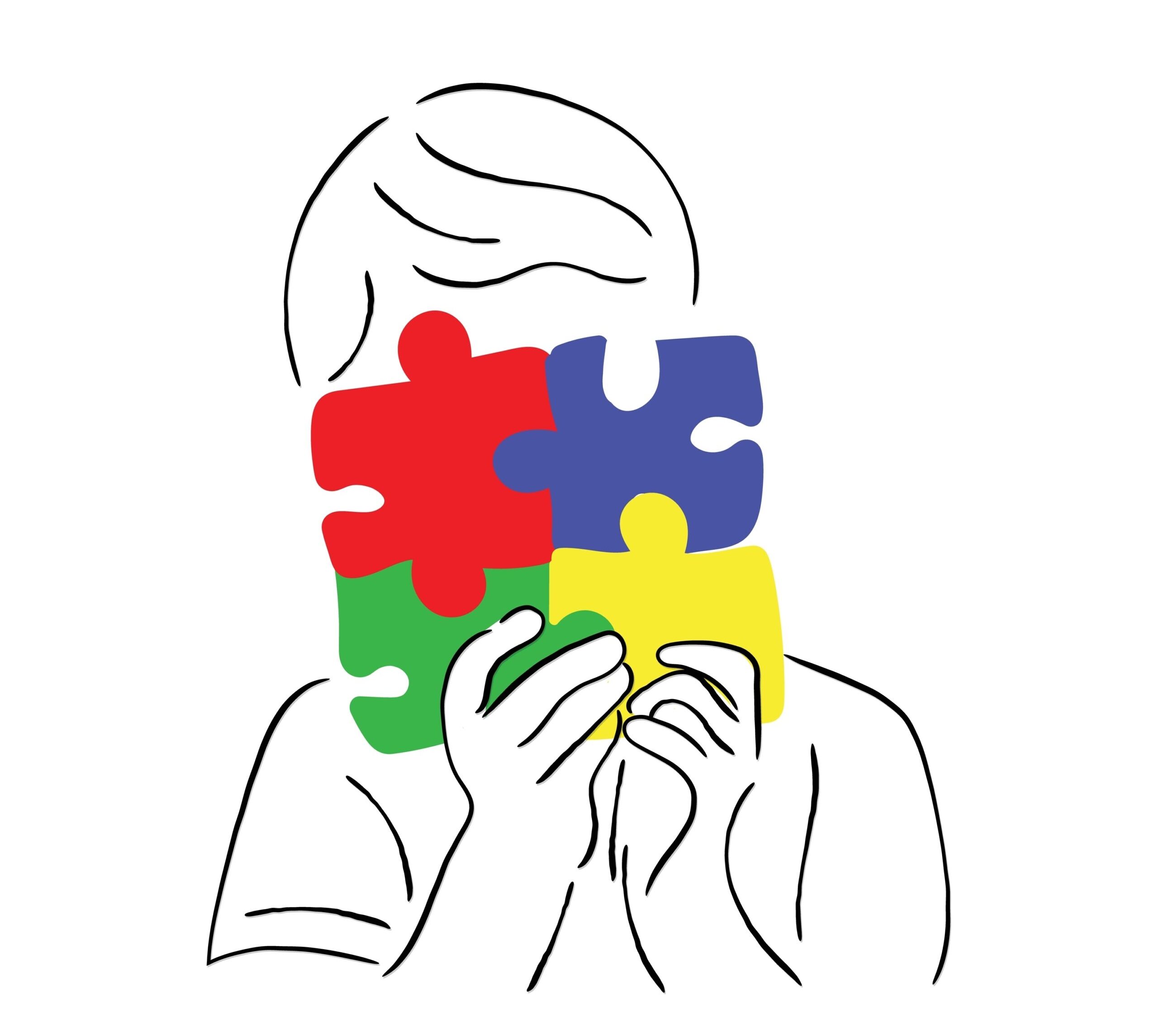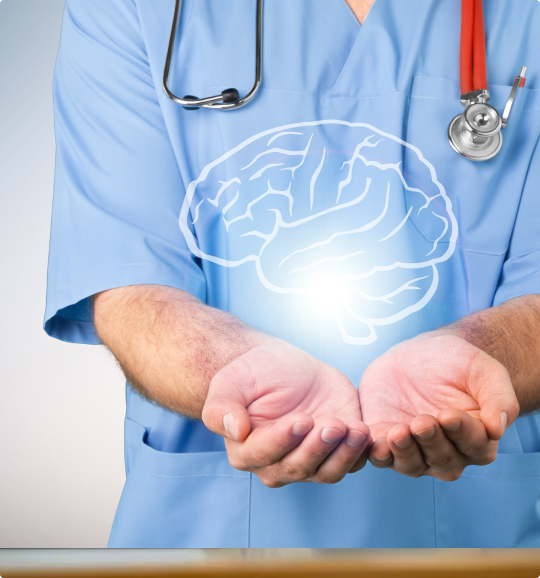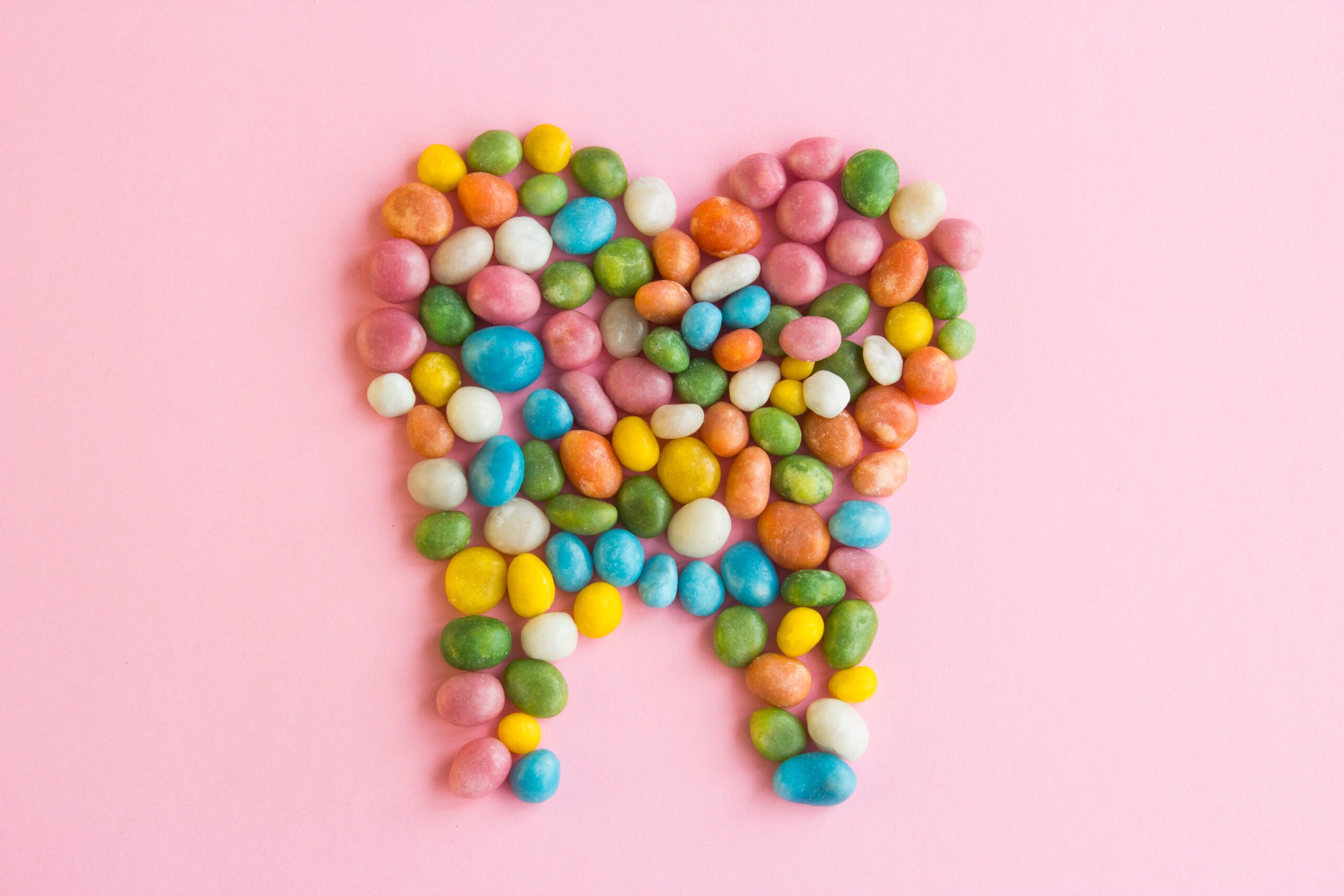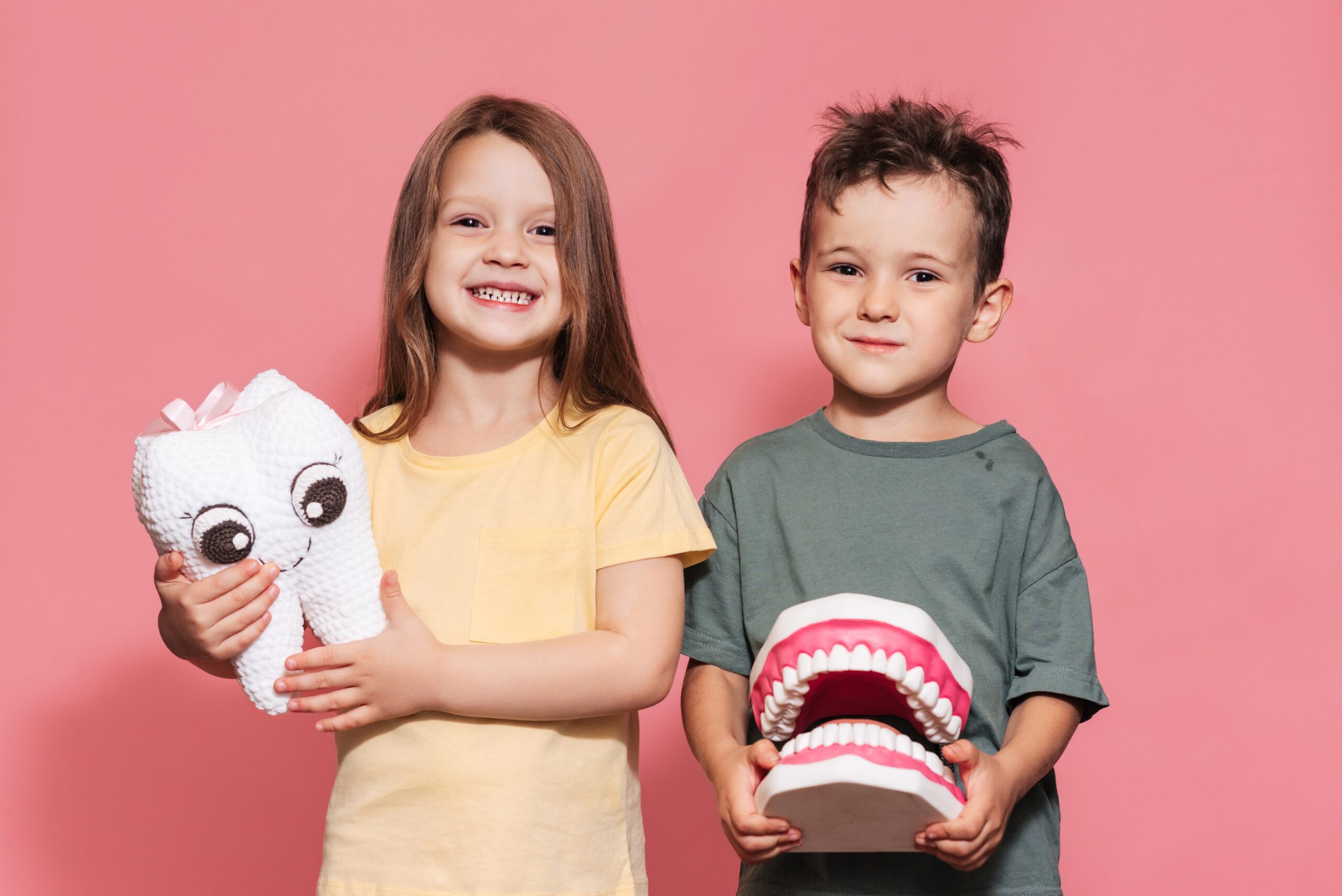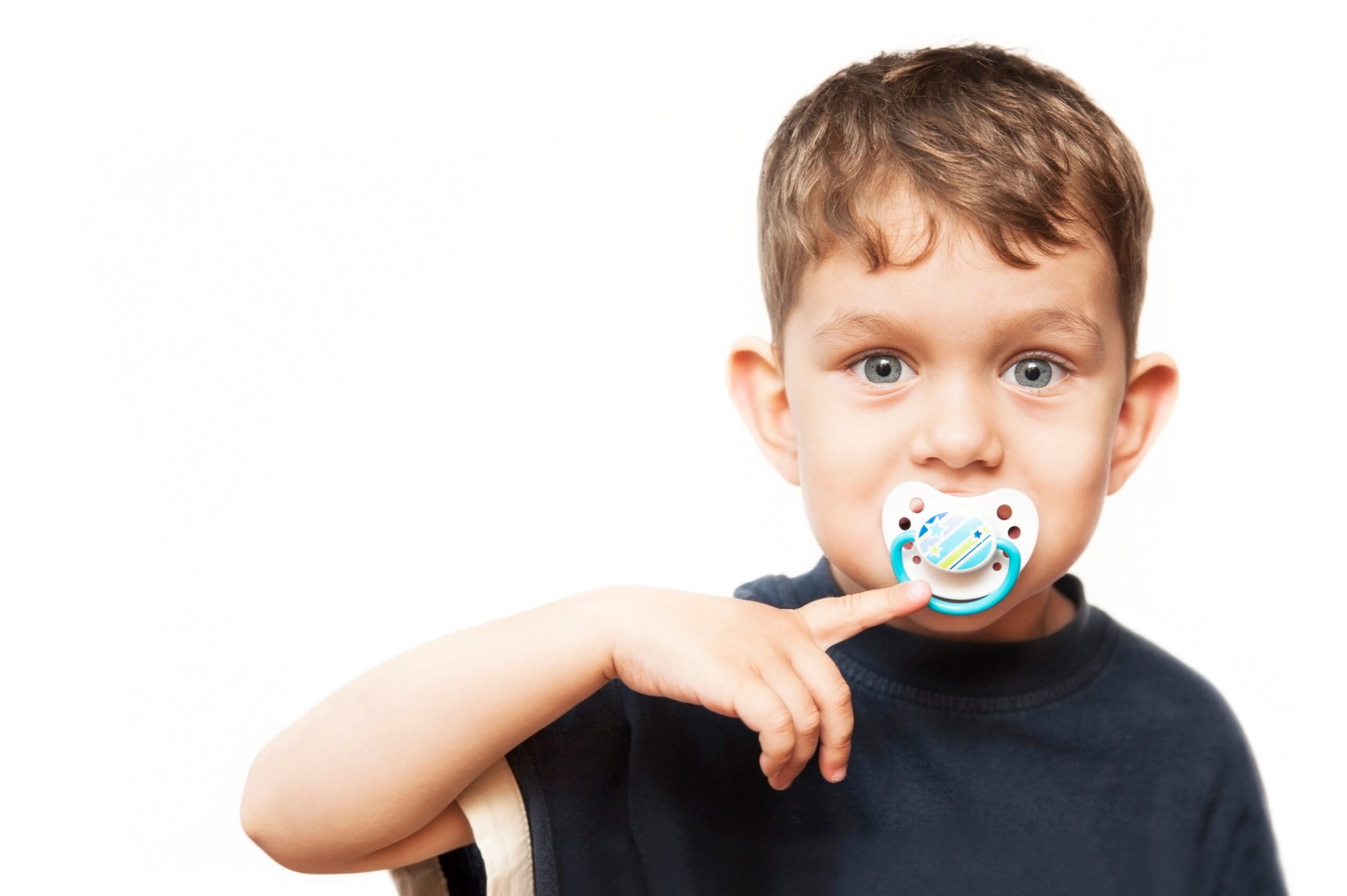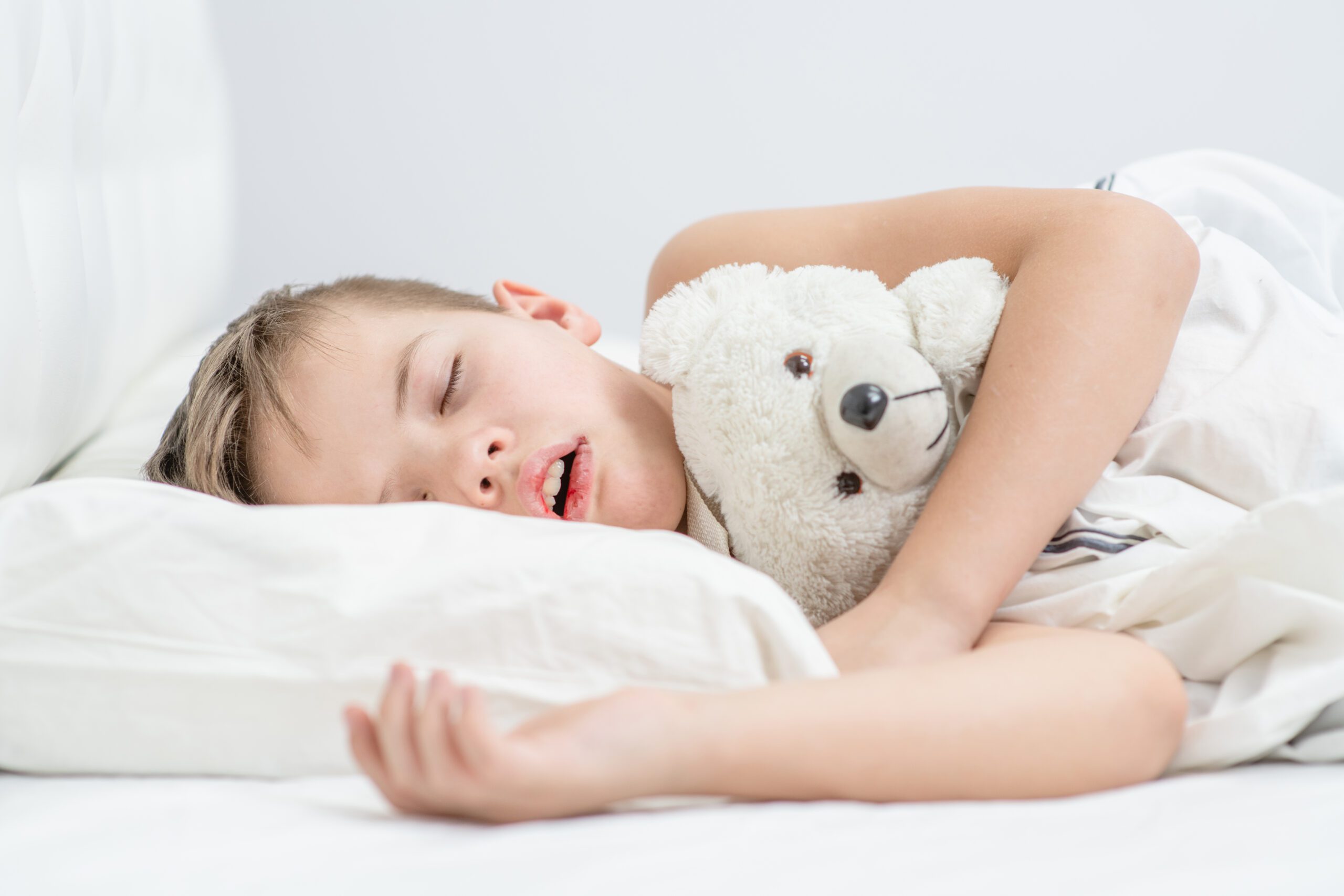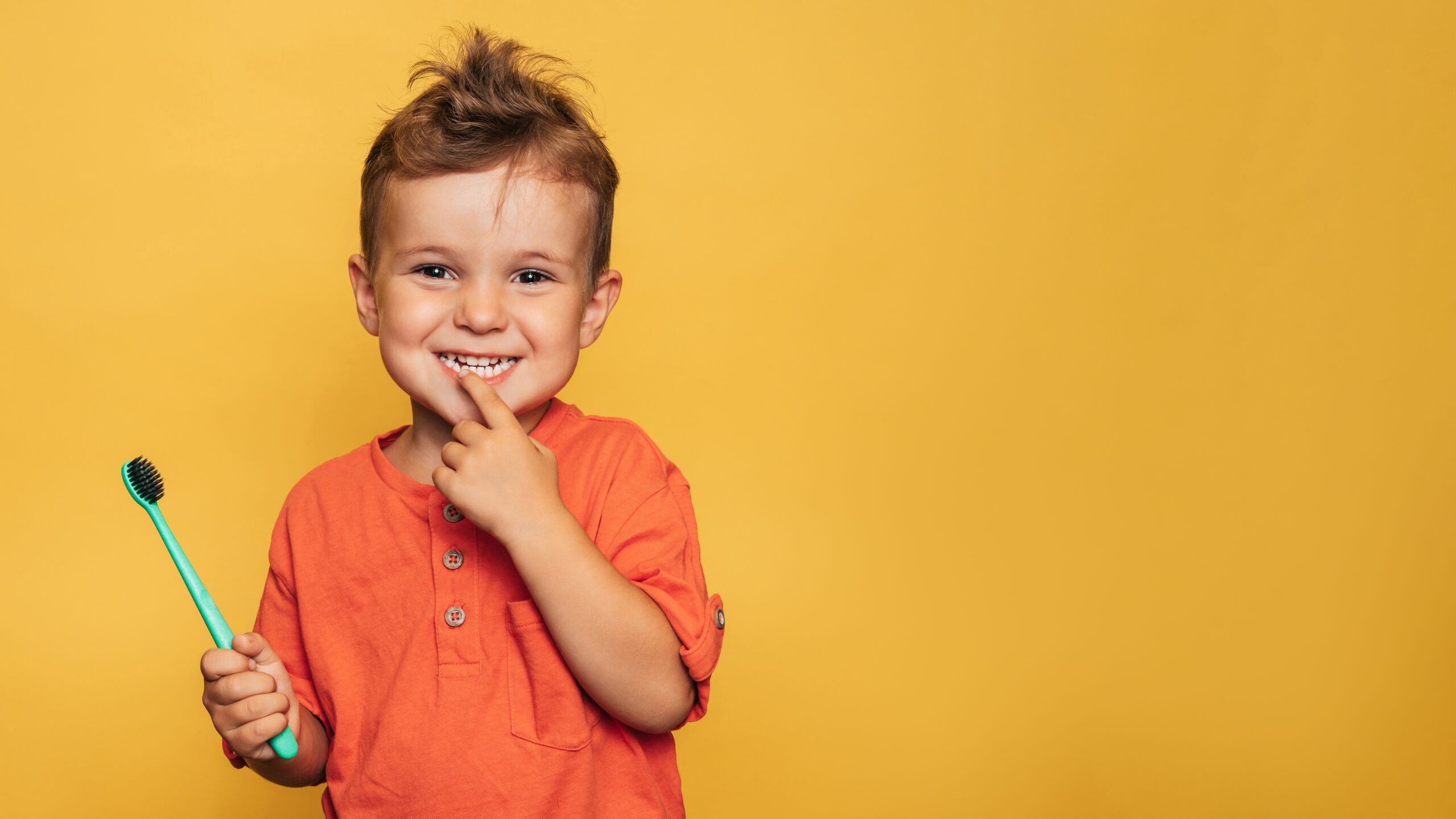
Autism
- Types of Autism Spectrum Disorder: Levels, Traits & Former Diagnoses Explained
- Asperger’s Syndrome: Signs, Diagnosis, and Support for Children, Teens & Adults
- What Is PDD-NOS? Understanding Pervasive Developmental Disorder–Not Otherwise Specified and Its Place on the Autism Spectrum
- Childhood Disintegrative Disorder (CDD): Symptoms, Diagnosis & Treatment Explained
- Rett Syndrome: Symptoms, Diagnosis, and Treatment Guide for Parents and Caregivers
- Nonverbal Autism: Causes, Signs, Communication Strategies & Treatment Options
- Sensory Processing and Autism: Understanding Sensitivities, Overload & Effective Therapies
- Classic Autism (Autistic Disorder): Signs, Diagnosis, and Treatment Before the DSM-5
- Fragile X Syndrome: Causes, Symptoms, Diagnosis, and Autism Link
- Atypical Autism (PDD-NOS): Symptoms, Diagnosis & Support Before DSM-5
- Low Functioning Autism (ASD Level 3): Symptoms, Support Needs, and Communication Challenges
- High-Functioning Autism (ASD Level 1): Symptoms, Traits, and Support Strategies

Neurodevelopmental Disorders & Learning Differences
- Dyslexia in Children: Symptoms, Causes & Best Therapies
- Dysgraphia in Children: Symptoms, Diagnosis & Treatment
- What Is Dyscalculia? Symptoms, Causes & Treatment
- Specific Learning Disorder with Impairment in Reading | Symptoms, Treatment & Therapists Near You
- Nonverbal Learning Disorder (NVLD): Symptoms, Causes & Therapies
- What Is Giftedness in Children? Signs, Support & Therapists
- Language Processing Disorder in Children: Signs, Therapy & Support
- Language Disorders in Children: Signs, Types & Therapy
- Delayed Speech in Children: Causes, Signs, and Therapy Options
- Executive Function Disorder in Children: Signs, Support & Therapy
- Apraxia of Speech in Children: Signs, Diagnosis & Therapy
- Understanding Intellectual Disability in Children: Signs, Support & Therapies
- What Is Twice-Exceptional (2e)? Signs, Challenges & Support for Gifted Children with Disabilities
- Global Developmental Delay (GDD)
Types of Autism Spectrum Disorder: Levels, Traits & Former Diagnoses Explained

Authored by: The DrSensory Editorial Team
Reviewed by: 🛡️ DrSensory Clinical Review Board
Last updated: June 2025
What are the different types of autism spectrum disorder (ASD)?
Autism Spectrum Disorder (ASD) is classified as a single diagnosis but includes a wide range of presentations based on the severity of symptoms and support needs. The three main types of autism, often referred to in clinical and educational settings, include:
- Level 1 (Mild or High-Functioning Autism) – Individuals need some support and may struggle with social interaction and organization.
- Level 2 (Moderate Autism) – Individuals require substantial support and often face challenges with communication and behavior.
- Level 3 (Severe Autism) – Individuals need very substantial support and may be nonverbal or have severe sensory and behavioral differences.
These “levels” help professionals develop personalized treatment plans and support strategies.
What is the difference between classic autism, Asperger’s syndrome, and PDD-NOS?
Before the DSM-5 grouped all autism-related conditions into Autism Spectrum Disorder (ASD), they were diagnosed separately:
- Classic Autism (Autistic Disorder) – Characterized by significant language delays, social and behavioral challenges.
- Asperger’s Syndrome – Individuals often have average to high intelligence and no significant speech delay but struggle with social skills and sensory sensitivities.
- Pervasive Developmental Disorder – Not Otherwise Specified (PDD-NOS) – A diagnosis for individuals who showed some autism traits but didn’t meet the full criteria for other subtypes.
Today, these are all recognized as part of ASD, reflecting the spectrum nature of autism.
What is Level 1, Level 2, and Level 3 autism?
The DSM-5 categorizes autism by levels of support needed, helping clarify the range of challenges an individual may face:
- Level 1 Autism (Requiring Support): May appear high-functioning; needs help with social interactions and organization.
- Level 2 Autism (Requiring Substantial Support): More noticeable difficulties with communication, behavior, and adaptability.
- Level 3 Autism (Requiring Very Substantial Support): Severe impairments in verbal and nonverbal communication, with strong reliance on caregivers or full-time support.
These levels are essential for designing custom care plans, therapies, and educational accommodations.
Are there specific traits or symptoms for each type of autism?
Yes, each type or level of autism is associated with certain traits, though individuals may vary:
- Level 1 (Mild ASD): Trouble with social cues, inflexible thinking, prefers routines, may appear shy or socially awkward.
- Level 2 (Moderate ASD): Noticeable speech delays, difficulty coping with change, and repetitive behaviors like hand-flapping.
- Level 3 (Severe ASD): Nonverbal or limited communication, extreme sensory sensitivities, and frequent meltdowns or shutdowns.
Understanding these differences helps families and professionals choose the right interventions and support systems.
What is Asperger’s Syndrome and how is it different from other types of autism?
Asperger’s Syndrome was once a separate diagnosis used for individuals on the autism spectrum who had average to above-average intelligence and no significant language delays. People with Asperger’s often struggle with social interaction, exhibit narrow interests, and may have sensory sensitivities, but they typically have strong verbal skills.
As of the DSM-5, Asperger’s is no longer a standalone diagnosis and is now considered part of Level 1 Autism Spectrum Disorder. However, many people still identify with the term Asperger’s, and it remains widely recognized in education and support communities.
What does PDD-NOS mean and is it still diagnosed today?
PDD-NOS (Pervasive Developmental Disorder – Not Otherwise Specified) was a former diagnosis for individuals who showed some traits of autism but didn’t meet the full criteria for Autistic Disorder or Asperger’s. It was often used when symptoms were milder or appeared later in development.
Since 2013, PDD-NOS has been replaced by the broader diagnosis of Autism Spectrum Disorder (ASD) in the DSM-5. People previously diagnosed with PDD-NOS are now considered to fall somewhere on the autism spectrum, often at Level 1 or Level 2 depending on support needs.
What is Classic Autism (Autistic Disorder)?
Classic Autism, also called Autistic Disorder, was a diagnosis used before 2013 to describe individuals with significant challenges in communication, social skills, and behavior. Symptoms typically appeared before age 3 and were more intense than those seen in Asperger’s or PDD-NOS.
Today, this form of autism is generally considered Level 2 or Level 3 Autism Spectrum Disorder, depending on how much support the individual needs. While the term “classic autism” is no longer used clinically, it is still referenced in educational and advocacy settings.
🔗 Learn more about Classic Autism →
This page provides general educational content and is not a substitute for professional medical advice. Always consult a licensed provider for diagnosis and treatment.
View privacy policy, copyright and trust info
More on Autism
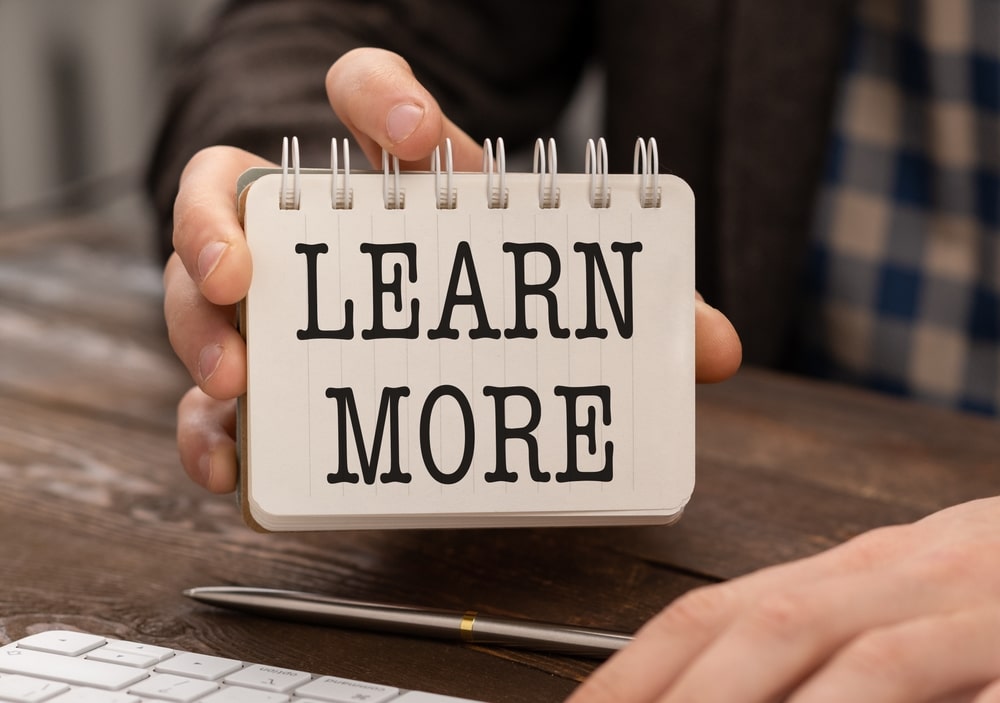
- Types of Autism Spectrum Disorder: Levels, Traits & Former Diagnoses Explained
- Asperger’s Syndrome: Signs, Diagnosis, and Support for Children, Teens & Adults
- What Is PDD-NOS? Understanding Pervasive Developmental Disorder–Not Otherwise Specified and Its Place on the Autism Spectrum
- Childhood Disintegrative Disorder (CDD): Symptoms, Diagnosis & Treatment Explained
- Rett Syndrome: Symptoms, Diagnosis, and Treatment Guide for Parents and Caregivers
- Nonverbal Autism: Causes, Signs, Communication Strategies & Treatment Options
- Sensory Processing and Autism: Understanding Sensitivities, Overload & Effective Therapies
- Classic Autism (Autistic Disorder): Signs, Diagnosis, and Treatment Before the DSM-5
- Fragile X Syndrome: Causes, Symptoms, Diagnosis, and Autism Link
- Atypical Autism (PDD-NOS): Symptoms, Diagnosis & Support Before DSM-5
- Low Functioning Autism (ASD Level 3): Symptoms, Support Needs, and Communication Challenges
- High-Functioning Autism (ASD Level 1): Symptoms, Traits, and Support Strategies
Find a Therapist near you
Are you looking for a physical, occupational, or speech therapist in your area?
Look no further than the DrSensory Therapist Database and Clinic Directory!
Find a Therapist
Find the physical therapist, occupational therapist, or speech language pathologist you’re looking for!
Ask Us Anything
Whether you are looking for advice, have a general question about sensory processing, or looking for resources.
Submit Your Story
Share your story about your child. Let’s celebrate milestones and learn more about challenges.







































